Esteban Cortázar Doesn’t Want to Be Called Latino, Latinx or Latine

No longer considered a niche market, those who identify as Hispanic and Latine are the second largest ethnic group in the United States, accounting for 52 percent of the country’s population growth between 2010 and 2019, according to Pew Research.
As has been the American way, every group has its label — though categorizations by race or ethnicity have long come with challenges. Today, as the need for inclusivity remains front of mind, many have been looking to de-gender the term Latino, giving rise to Latinx (though Pew Research said in August last year that just 3 percent of the U.S. population with roots from Latin America and Spain identify with the term. Latine has also entered the fray as a gender-neutral alternative that is native to the Spanish language, as it appears in other gender-neutral words like estudiante.
More from WWD
The various terms and labels have stirred up controversy within the Latin community about identification and many outside of the community unclear as to what to use.
Designers like Esteban Cortázar prefer not to be forced into any of those boxes. For the Colombian-born creative, it’s about inclusivity, not further division within the Latin community.
Cortázar has a reputation for being the youngest fashion designer to debut at New York Fashion Week 2002 at the age of 17, a show Cindy Crawford walked in. In 2007, he took up a position as the creative director for Emanuel Ungaro, leading him to put his own fashion line on hold to move to Paris. After his exit from Ungaro in 2009, Cortázar remained in Paris, where he began focusing on his own eponymous line again. Now the designer is celebrating a new win, having designed the costumes for the acclaimed New York City Ballet’s Fall Fashion Gala, and working alongside Colombian-Canadian artist Lido Pimienta, the company’s first woman of color to compose an original piece of music for the ballet.
With his collections stocked in more than 30 stores worldwide, including Bergdorf Goodman, The Webster, Net-a-porter and Matchesfashion, and a recent collaboration with the Spanish retailer Desigual, Cortázar continues to be an inspiring force within the Latin community.
Here, Cortázar explains to WWD that what matters when it comes to identification is how people are comfortable referring to themselves, and that developing relationships among diverse communities is more important than trying to use certain terms just for the sake of being “politically correct.”
WWD: When it comes to Latino vs. Latinx vs. Latine vs. Hispanic — how do you identify? How do you unpack what each term means and how should companies be thinking about how to address the communities in these categories?
Esteban Cortázar: First and foremost, I identify myself as a human being. I have never been a big fan of labels, within my own experience because I was born in Colombia but grew up in the U.S., lived in Europe in Paris for more than a decade, have a Danish sister and a British mom and a French grandmother. I have so many cultures that are part of who I am, that I’ve actually always been an open person when it comes to this and I always celebrated all the different parts of my upbringing that I’ve had throughout all of these cultures. I don’t love the idea that we have to put ourselves in a box to identify ourselves, I’ve always kept myself very open from that. Within my work, my sexuality, I’ve evolved as I go and get afraid sometimes that doing so many labels divides [us] even more. I understand the importance of having these different categories to identify the community, as I do believe there are many individuals that do need, want, or it’s part of who they are, to identify themselves. We all have different experiences, it’s a very complex issue that we are still navigating, not black and white at all, and as the new generations come we continue to evolve it.
WWD: What does being Latin/o/x/e mean to you?
E.C.: It means diversity, that there is a diverse world with different kinds of human beings that want to find a community to be a part of, to be welcomed in, to feel like they have something to say within their own sense of self and that’s very beautiful to me. It’s important for young people today to feel like they have a place and if this is what makes them have one, this is very important for us to listen and for other communities to pay attention to.
WWD: What is the first thought that comes to mind when you think about Latin American fashion? Who are your biggest inspirations and why?
E.C.: Latin American fashion has evolved so much over the years. One of the things that comes to mind right away is the artisanal part of Latin American fashion. They have been a pioneer and champion to the Latin American fashion community, with so many artists from Mexico, Colombia, Argentina, Uruguay, Peru, Guatemala, and so many places that have the most beautiful textiles, buttons and history. There has never been a worry about the cultural appropriation aspect surrounding it because Latin designers have always had a respect for where all these techniques come from, we make it a point to express where its coming from, telling the story behind them and being a part of their world. Many of them are based in Latin America and they have been able to have an audience outside of there through social media, the way we communicate nowadays. It’s interesting to see how they have globalized Latin American fashion.
As a little boy, I grew up admiring Carolina Herrera, Oscar de la Renta, because I saw them as these incredible Latin human beings that created something beautiful in New York, but always celebrating their heritage. Of course, I respect so many of my own peers like Johanna Ortiz, Silvia Tcherassi, people I’ve grown up with and respect. Also Lazaro Hernandez from Proenza Schouler, Maria Cornejo. Nina Garcia is a dear friend and since I was little I was moved by the fact that she was this beautiful Latin woman that was running magazines and being stylish, sitting front row at runway shows. And now there is so much diversity in our world that comes from Latin America that are part of fashion and they have that voice, but back in the day it was [few and far between], that’s why I always have these people as references that have paved the way for others.
WWD: Has coming from a Latin background helped you or been more of a challenge in your business and in your personal life? Does being part of the Latin/o/x/e community have a different meaning now than it did before?
E.C.: When I was in Miami and coming to New York to show, I did feel very welcome in many ways but I also felt like “oh, it’s the Latin guy from Miami that’s coming to New York” and I think people questioned that or didn’t give me the credit or take me seriously because I lived in Miami and not in New York. I do feel that has changed today, I don’t think people are paying too much attention to those things or judging it that way. I feel you can come from anywhere, live anywhere and have a voice, a community that is going to follow you. You don’t need to be in the big cities to make it.
WWD: Casting for shows and campaigns has become such an integral part of a brand’s DNA, how does this apply to your brand? Do you use Latin/o/x/e models?
E.C.: I’ve always done it in a natural way, not because I felt I had to. I am inspired by gorgeous Latin women, different kinds of girls and men, but I’ve always been open and diverse with my castings. It’s always been part of my brand story. I do think it’s important that we support our own community, our peers, the talent around us, that we collaborate more, that we listen to each other. I think that’s an important part of evolving as a professional and as human beings.
WWD: Are there any misconceptions that need to be addressed within the Latin community as to why there is also so much division and sometimes lack of inclusivity, and how do you think we should deal with discrimination within the Latin communities as well?
E.C.: There is something positive about defining ourselves in so many different ways, but I also worry about it because it does cause division. This goes beyond the Latin community. Right now there are so many groups fighting for their rights, and this is very important but at the same time by doing so we keep creating more division in those communities and we are not able to talk amongst each other, hug, just to communicate with each other. We’re living in a very particular culture today, from cancel culture to everyone voicing their rights and the back and forth that exists from it. It’s very confusing for many people, and I think sometimes some individuals don’t even know anymore what they are fighting for. Sometimes the best solution to these things is real communication, knowledge, to be able to listen and to be open to new ideas, to be accepting to yourself and others — the things that I have learned from my family as values throughout my life that I’ve always expressed within my own life experience, that I hope others do. It’s about the values you have in the end.
WWD: What piece of advice would you give to an aspiring Latin/o/x/e designer looking to break into the industry?
E.C.: More than ever stay authentic to yourself, push your story from within and out to really celebrate the community that they have built in a natural way, the people that gravitate toward their work and what they want to say, therefore they can grow little by little.
That they don’t feel like they have to chase for things and to feel like they belong, but that they already belong, they already have a place, they just have to express that by being the most authentic version of themselves.
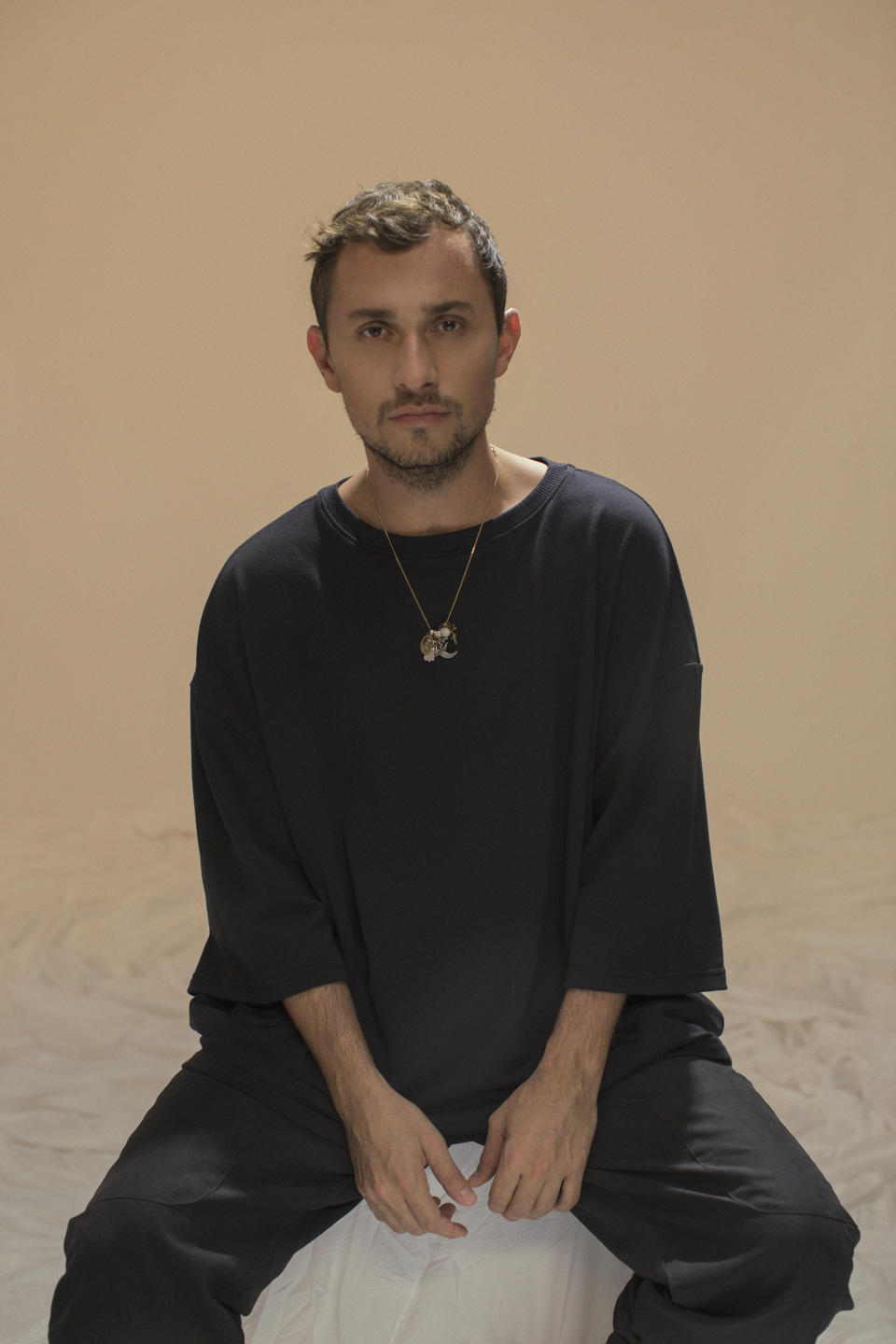
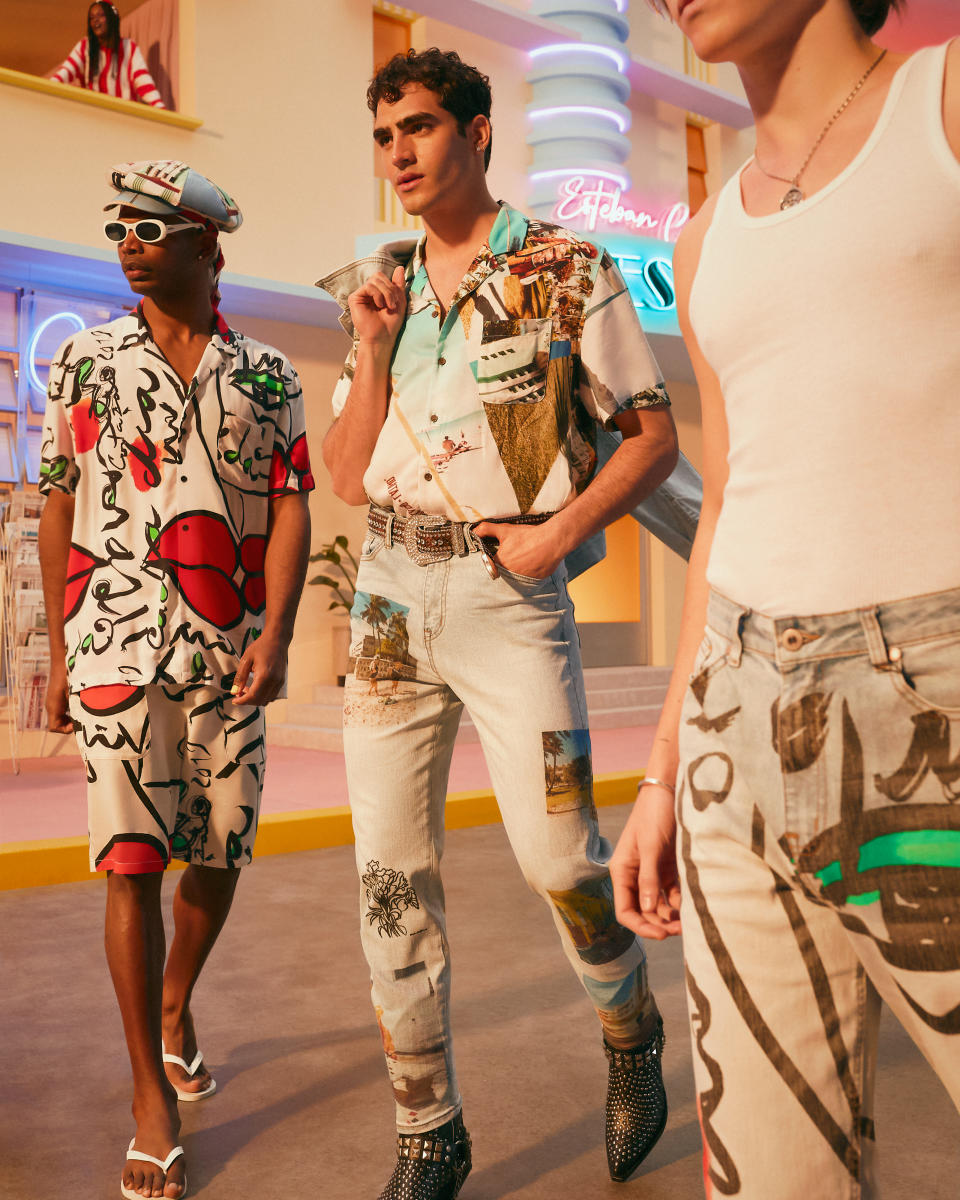
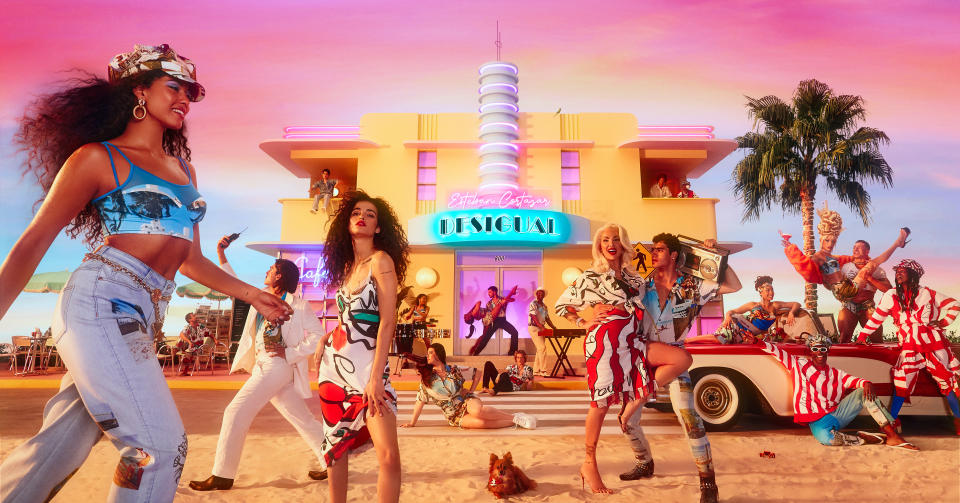
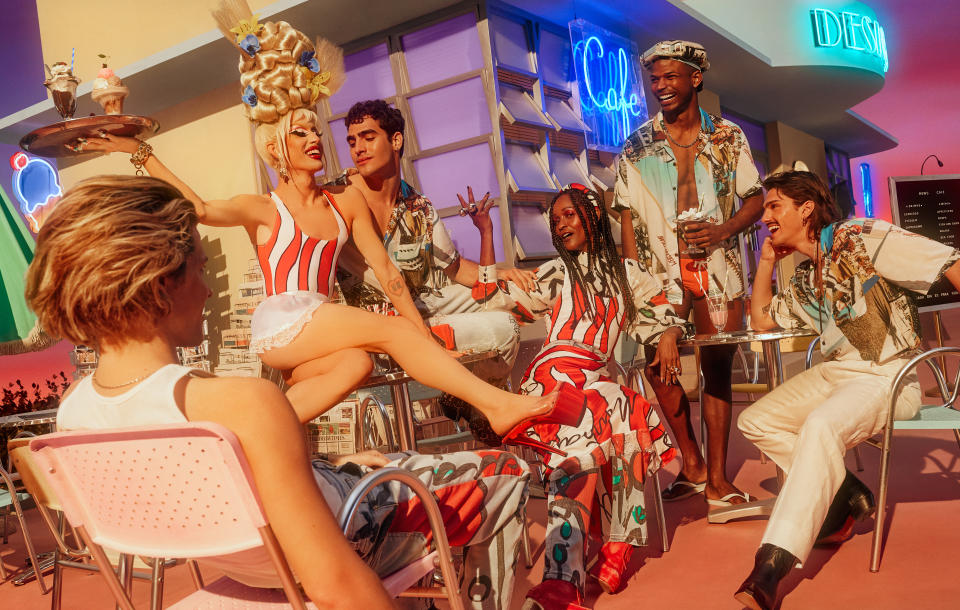
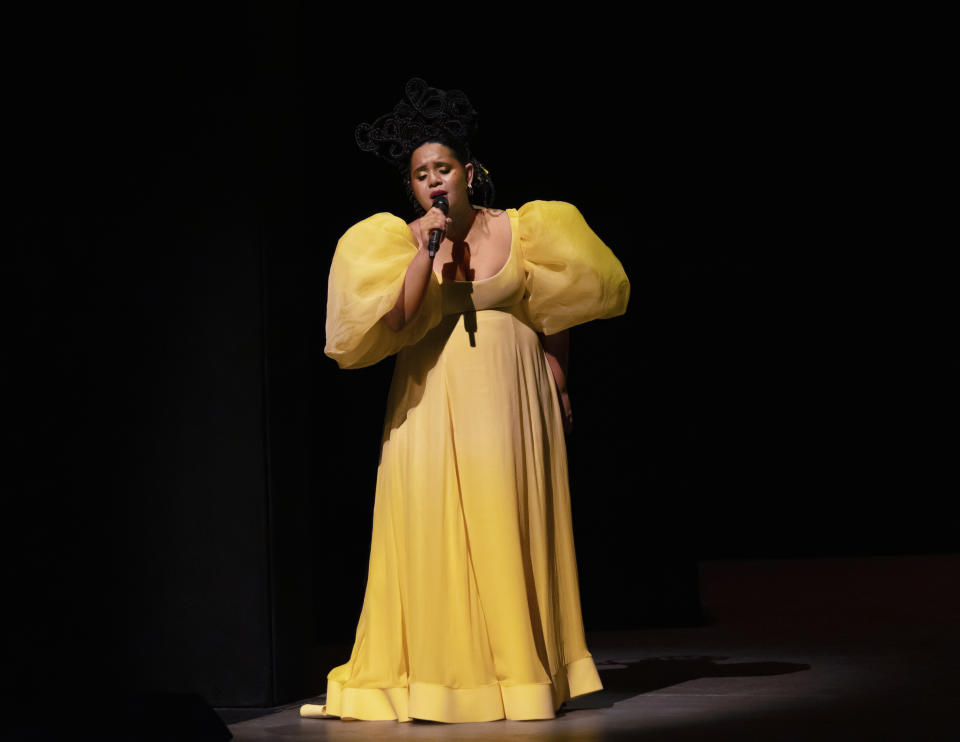
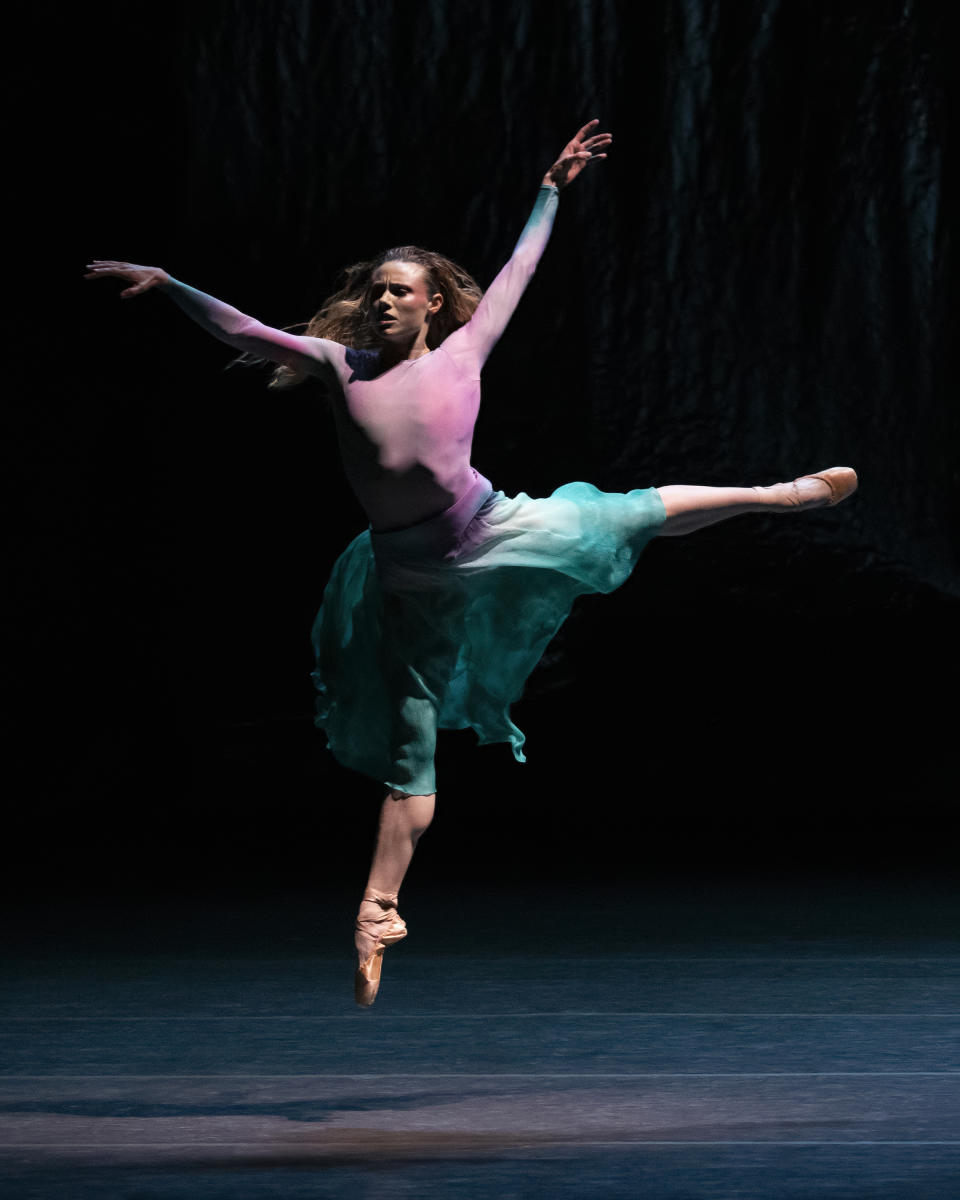
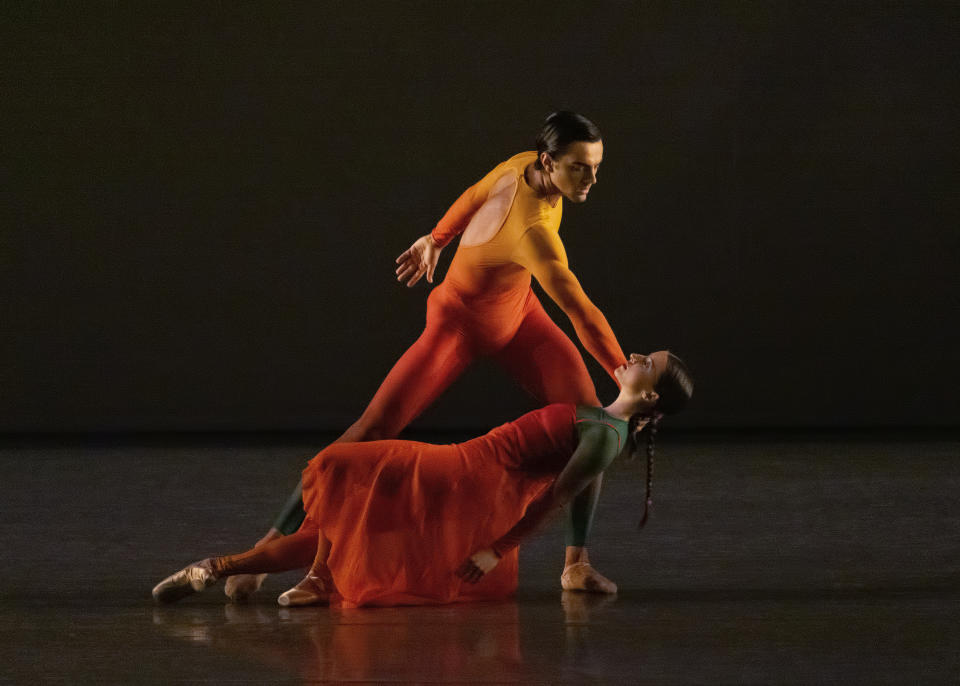
Best of WWD
Sign up for WWD's Newsletter. For the latest news, follow us on Twitter, Facebook, and Instagram.

